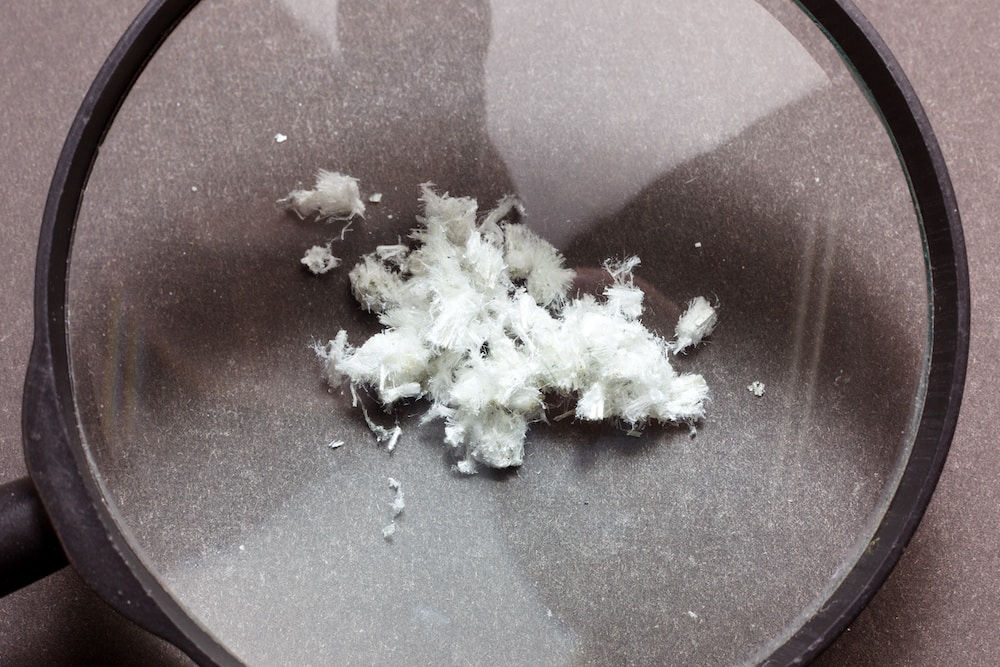Today, we have a full understanding of the dangers of asbestos, a group of six naturally occurring minerals made up of heat-resistant fiber. However, before the dangers of these minerals were widely known, many industries, from construction and automotive to manufacturing and the military, used asbestos to help protect their labor force from fire. Here we will learn the complete history of asbestos.
Despite efforts made by these industries to use asbestos safely as a fire retardant, the fact remains that asbestos is a harmful carcinogen that remains a danger to human health. The minerals can cause asbestosis, mesothelioma, and lung cancer, among other diseases.
#1 The History of Asbestos
Asbestos occurs naturally on every continent on Earth. Archeologists have uncovered asbestos fibers in debris dating back to the Stone Age, which was more than 750,000 years ago. It is believed by many historians that, as early as 4000 B.C., asbestos fibers were used for wicks in both early lamps and candles.
While early Greeks and Romans also used asbestos in things like napkins and tablecloths, they noted its harmful effects on those who mined it. For example, the Greek geographer, Strabo, stated a “sickness of the lungs” in the slaves responsible for weaving asbestos into cloth.
#2 Asbestos in the Middle Ages and Beyond
Starting from the end of the first millennium, the history of asbestos was used in a variety of regular, everyday items, such as cremation cloths, mats, and wicks for temple lamps, as a weapon of war (European knights were known to throw flaming bags of tar and pitch, wrapped in asbestos, over enemy walls during sieges), and as material for purses and paper, among others, before it became wholly commercialized in the late 1800s during the Industrial Revolution.
#3 Commercialization
Asbestos manufacturing became a flourishing industry during the Industrial Revolution of the 1800s. This was when its variety of practical and commercial applications was discovered.
Asbestos’ resistance to chemicals, heat, water, and electricity made it an excellent insulator for the steam engines, turbines, boilers, ovens, and electrical generators that powered the Industrial Revolution, while its malleable properties simultaneously made it an important building, binding, and strengthening commodity.
#4 Production Increase
The history of asbestos production increased significantly in the late 1800s and early 1900s. In fact, at this time, asbestos production had grown worldwide to more than 30,000 tons each year. Before the late 1800s, asbestos mining was done by hand. It was someone’s job to chip away at the stone quarries to extract the asbestos before it was handed off to someone else for processing. However, once the commercial applications for asbestos were realized and the demand grew, asbestos mining became industrialized, and its workforce was multiplied by steam-driven machinery and advanced mining methods.
#5 Dangers Discovered
In 1906, the first history of asbestos-related pulmonary death was recorded in London, according to Mesothelioma.UK. The autopsy of the 33-year-old asbestos worker showed asbestos fibers in his lungs. Studies from France and England mirrored what scientists saw in the United States: Asbestos workers were dying unnaturally young. As early as 1908, insurance providers began decreasing coverage and benefits while increasing premiums for workers employed in the asbestos industry.
Despite vivid and consistent doctor warnings, asbestos manufacturing was an engine that couldn’t be stopped. In 1910, the world’s asbestos production exceeded 109,000 metric tons, more than three times the total in 1900.
#6 The History of Asbestos and Where it is Today in the US
Though there has been significant evidence throughout the history of asbestos and its danger, the mineral compound has not been banned in the United States. Though its use has decreased dramatically, asbestos is still found in buildings and everyday household products today.
Shrader Law: Getting You the Mesothelioma Help You Deserve
If you’ve developed mesothelioma as a result of working with asbestos, you may be owed compensation for the expenses related to your illness as well as the pain and suffering you’ve endured. Contact Shrader & Associates L.L.P. to learn more about how we can help with your case.

